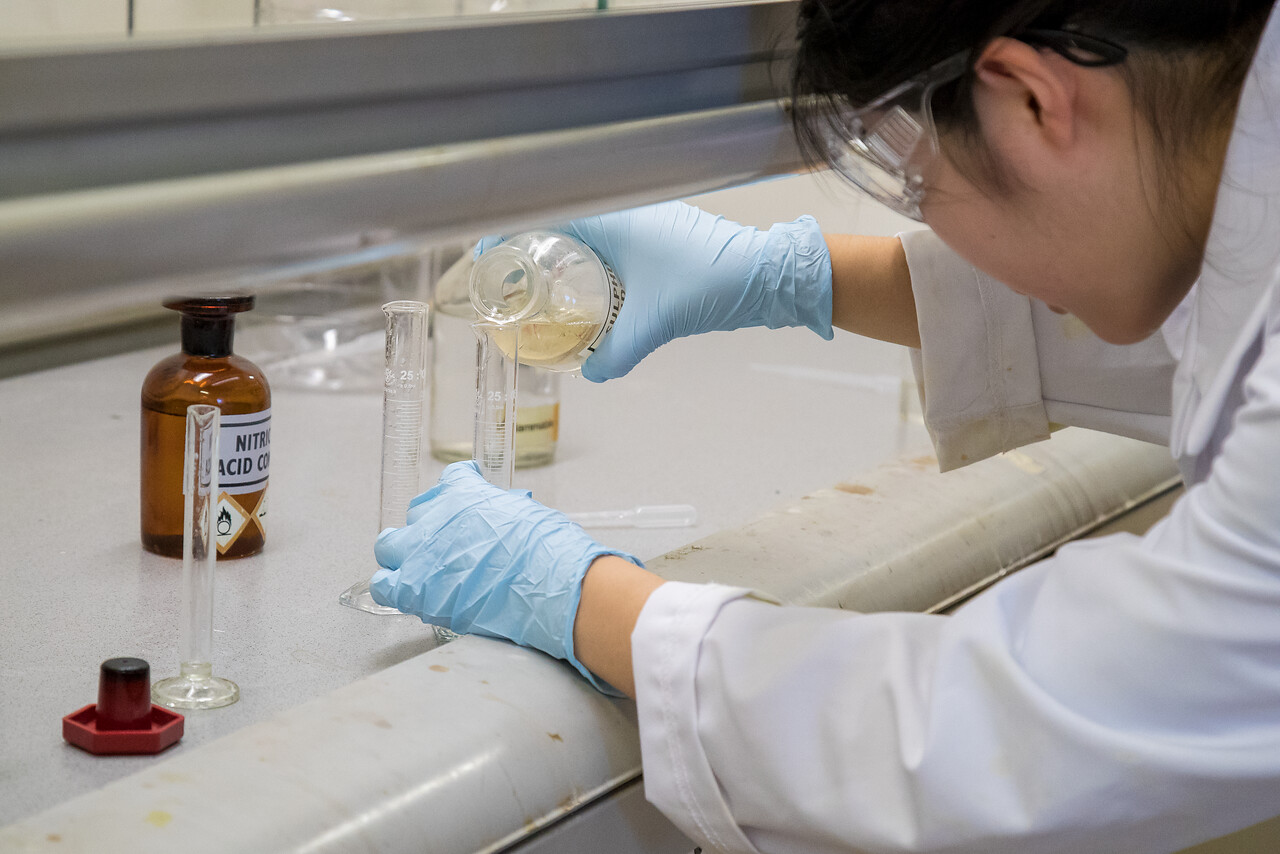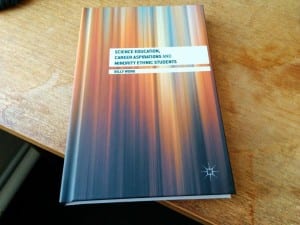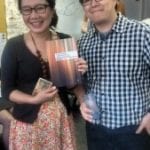Do university students feel that A levels prepared them well for degree study?
By l.archer, on 19 April 2024
By Emily Ashford, Jennifer DeWitt and Louise Archer
The ASPIRES research study is a longitudinal project studying young people’s science and career aspirations from age 10-22. The study has been ongoing since 2009. Beyond its primary focus on STEM trajectories, the study is also interested in young people’s perceptions of their life, work, and education. In this article, we examine did university students in our sample feel that A Levels had prepared them well for degree study?
University students’ perceptions of how well they felt A-levels have prepared them for degree study is important in the context of current UK policy, given contemporary debates around the future of A-Levels. The impact of the COVID-19 pandemic amplified discussions about alternative assessment methods and in recent years, various policy concerns relating to A levels have been raised, for instance, questioning the ‘jump’ between GCSE and A level, the practice of grade inflation in some subjects, and the extent to which A levels fit with university admissions and entry requirements. Most notably, in October 2023, the UK Government announced a planned new qualification for 16–19-year-olds – the Advanced British Standard, which is envisaged to combine A Levels and T Levels. Proponents claim it will put technical and academic education on an equal footing, with the prime minister stating that the qualification will ‘help to spread opportunity and benefit students for generations to come, demonstrating our clear commitment to make the right decisions for the long-term future of our country’ (UK Gov, 2023).
The ASPIRES project
The ASPIRES study tracked a cohort of young people who were born in 1998-1999 from age 10-22. The first phase followed the young people from age 10 to 14, the second phase tracked up to age 19, and the third phase followed the young people as they move into adulthood and employment, from age 20 to 23.
The study uses quantitative, large-scale surveys (and has surveyed c. 47,000 young people to date) and qualitative data, comprising over 750 interviews conducted over time with a subset of 50 young people and their parents/ carers.
We asked university students how well they felt their A Levels had prepared them for degree study. We compared their responses based on whether the student studied a STEM/non-STEM subject, and compared students from different backgrounds, for example looking at gender, ethnicity and index of multiple deprivation (IMD, hereafter) which is often used as a measure of poverty.
Findings
First, we looked at whether there were any differences in how well students felt they had been prepared by A levels between students who were taking different subjects at undergraduate level. At opposite ends of the scale, we can see that 61% of Maths degree students agreed that they had been well prepared by their A-Levels, whilst only 37% of Biology students felt the same.

Figure 1: Percentage of students that felt their A-Levels had prepared them well for degree study in our sample, stratified by STEM and non-STEM undergraduate degree.
Combining across subject areas, roughly half of all students agreed that their A-Levels had prepared them well for degree study. However, when we delved deeper into the data some potentially interesting patterns emerged.
| Characteristic | % STEM Students agreeing A levels had prepared them well for degree |
| Gender | |
| Male | 55.7% |
| Female | 53.3% |
| Ethnicity | |
| White | 57.7% |
| BAME | 48.8% |
| IMD | |
| 1&2 (Lowest group) | 46.8% |
| 3 (Middle Group) | 65.5% |
| 4&5 (Highest Group) | 57.0% |
Table 1: Percentage of STEM undergraduate students in our sample who felt that their A-Levels had prepared them well for degree study, stratified by gender, ethnicity and indices of multiple deprivation.
As Table 1 shows, the percentage of STEM students who felt they had been well prepared by their A-Levels varies across characteristics such as gender, ethnicity and IMD. Here we see that the lowest percentages of students agreeing that A Levels prepared them well for degree study are found among women, racially minoritised and the lowest income students. When we tested for statistical significance, income and ethnicity were both significantly associated with feeling prepared for degree study by their A-Levels (whilst gender was not). That is, white students and middle- and higher- income students felt most prepared by A levels for their degree study.
We also repeated the analysis to look at students who were doing non-STEM subjects at undergraduate level and the patterns were similar but with slightly smaller percentage differences between the groups. For non-STEM students, income and ethnicity were significantly associated with feeling prepared for degree study.
The table above does not include medicine. When we analysed the data using two groups including medicine, STEMM students and non-STEMM students, we saw the same patterns emerging. However, in this latter case, income was the only factor that was statistically significant.
Conclusion
The longitudinal design of this study provides a unique and comprehensive lens through which we can analyse student narratives and perceptions of work, education, and training. The ASPIRES study reveals useful new insights into students’ views of how well they feel their A-Levels have prepared them for degree study.
It is important to highlight that – across all groups – roughly only half of students felt that their A Levels have prepared them well for their undergraduate degree study. It appears that there are socio-economic factors that can affect this, as income and ethnicity were significantly associated with feeling prepared for university (and this was true across STEM and non-STEM groups). More research is required to understand more thoroughly the relationship between these factors.
Arguably, more students should feel that their A Levels are a worthwhile stepping stone to their undergraduate study, and we hope that our findings might be helpful to policymakers as they shape future educational policies and initiatives. As new reforms are introduced, it would seem helpful for research to continue to investigate and understand students’ perceptions of their education.
References
New qualifications to deliver world class education for all – GOV.UK (www.gov.uk)
 Close
Close










